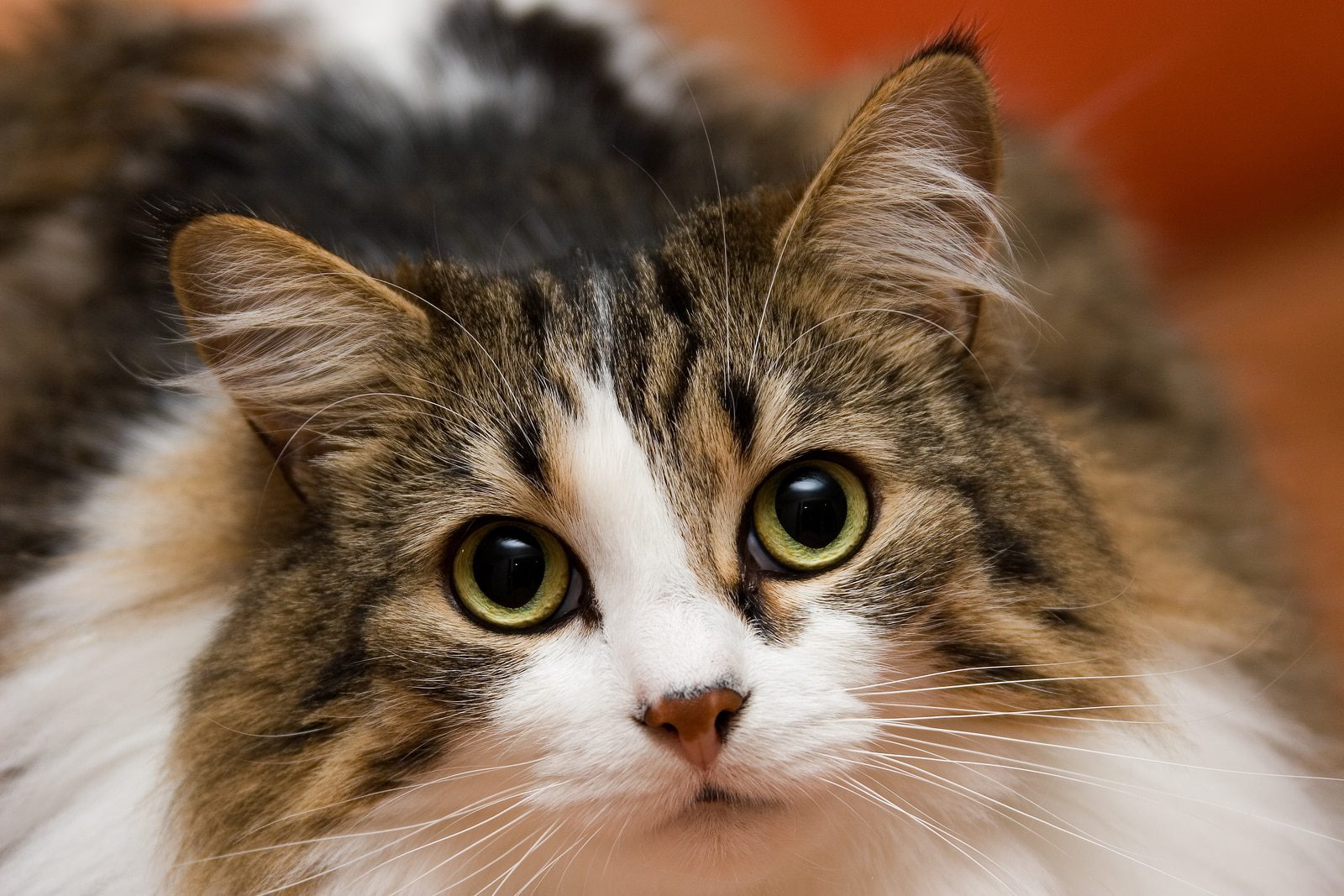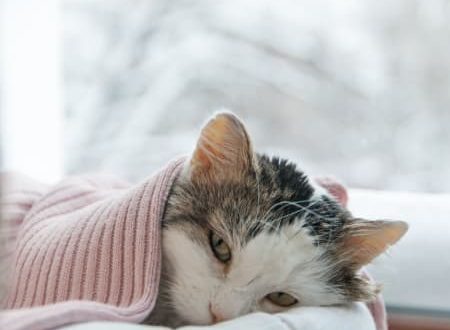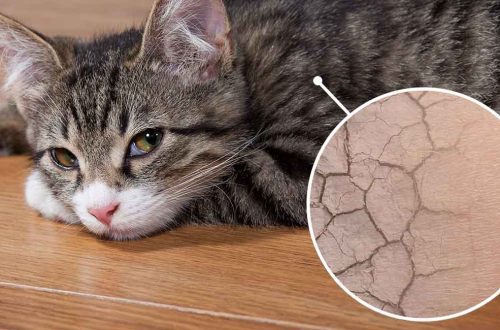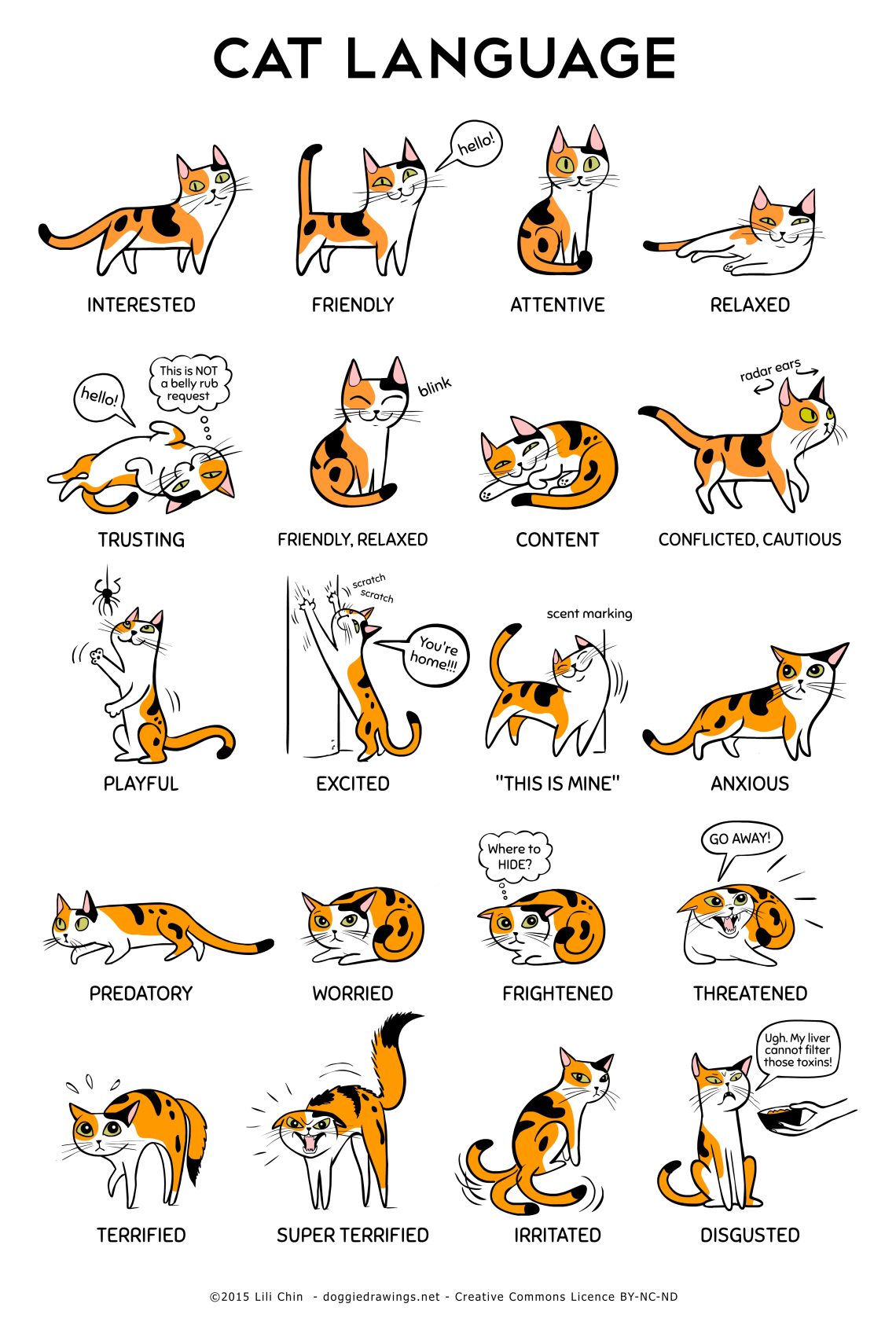
What does a cat say with its body language?
If your cat has ever lashed your leg with its tail or tilted its head to the side and stared at you for no apparent reason, you have probably wondered, “What is she trying to tell me? What does all of this mean?”
Verbal forms of communication in the form of hissing, growling and meowing (in all its various manifestations) are the standard ways your pet communicates with you. After living with a cat for a while, you begin to better understand what she is trying to tell you. However, deciphering a cat’s non-verbal body language can be much more difficult. As pet owners are well aware, cats are quite cunning and expect you to read their feline mind.
Being expressive creatures, they can convey a lot of emotions completely silently. You can spend half your life looking at funny and funny cat pictures posted on countless sites on the Internet. In the captions for such photos, beloved owners say what they think the cat is trying to tell them. Pay close attention to her non-verbal cues, and then you will be able to understand what exactly your furry beauty wants to tell you.
Eyes
As the old saying goes, “the eyes are the window to the soul,” and this certainly applies to cats. Vetstreet notes: “Your cat’s eyes will help you understand its inner state.” Quite often you can see how a cat sits, looking at one point and thinking deeply, for a long time. Maybe she’s trying to solve the world’s great mysteries… or daydreaming about her favorite toy mouse.
If your furry friend’s pupils are normal (i.e. not dilated), rest assured that she is relaxed and ready to rest. “When your cat is relaxed, she may meet your gaze,” continues Vetstreet, “and look into your eyes for a while before casually looking away or blinking slowly.” You can often see this soft look, sometimes from under the lowered eyelids after the pet has eaten well, or right before she falls asleep.
The shape of the cat’s eye can also tell a lot about the thoughts of the animal. Like humans, a cat’s eyes widen in surprise, indicating that it is on high alert. If her eyes constrict and her pupils dilate, be careful, because a problem is brewing. Pupils dilate when adrenaline is released, and in the case of a cat, this means that she is ready to lash out, attack, dominate, or do it all at once.
Ears
A cat’s ears, both rounded and pointed, are essentially antennas directly connected to her emotions and attuned to the world around her – all thanks to their ability to move independently of each other, combined with her impeccable hearing abilities. “Being a meter away from a sound source, a cat can determine its location to within 5 cm in just six hundredths of a second,” explains Animal Planet. “Cats can also hear sounds at a great distance—four or five times farther than humans.” A cat’s amazing and unparalleled ability to hear what your ear can’t reach may make him uneasy about the strange happenings in the house, but most likely he just hears the creaking of floorboards a few rooms away.
If your cat’s ears are in “flight mode”, that is, spread out to the sides or even pressed back, it means that she is nervous, scared or irritated. This is a fight or flight mode, so be prepared for any of these actions. You may see this behavior when your kitten is introduced to a new person or animal. Ears pressed back to the head reflect more dangerous or aggressive emotions, but this position of the ears can also mean that your cat is scared. In any case, do your best to safely get her out of this situation.
But what do the ears of a happy cat look like? Well, of course, they take the form of a smile, says PetMD, with “the tips of the ears up and to the side.” And now this is a very nice sight!
Tail
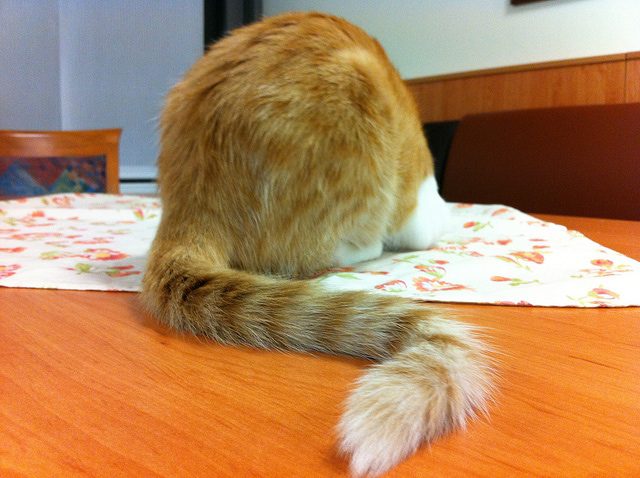
Why does a cat arch its back and tail up? Is it normal? The tail is perhaps the most intriguing and mysterious instrument of all cat body language. The cat’s tail can take many positions, which are indicators of various emotions. For example, when the tail takes the form of a question mark or a hook, it means that the pet is in a cheerful mood and wants to play a little! The trumpet tail also means that she is friendly.
But if you notice that your cat’s tail is low to the ground (unless this is typical for this particular breed, such as Persian), the answer to the question “What is my cat trying to tell me?” will be “She boils with anger.” If the fur on the tail of an animal stands on end (called a “Halloween tail”), you will have to deal with a cat that has gone berserk. “If you see the fur on the cat’s tail standing up,” VetBabble says, “it means she’s angry or scared and trying to look bigger and more confident.” If you find yourself in this situation, experts recommend staying calm and doing your best to get your pet out of the stressful situation.
A contented, happy cat wraps its tail around what it loves most, such as its beloved owner’s leg or its cat sister, and wraps its tail around itself for warmth and comfort.
Outside
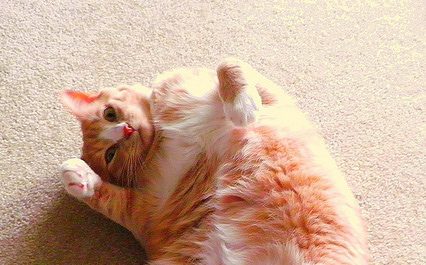
As small and quiet as the house cat is (for the most part), she knows how to make her presence known. If she wants your attention, she will do anything to get it, including pushing your glass off the kitchen table or jumping right on your laptop keyboard. In these situations, you don’t have to ask yourself, “What is my cat trying to tell me?” It is quite obvious what she wants: your attention – and as much as possible.
However, it is precisely such actions that help you understand what is going on in her smart cat’s head. In addition to voicing their needs and desires, the cat will make non-verbal maneuvers to communicate with his beloved owner.
An arched back after a good night’s sleep is part of a cat’s morning routine, but if it’s accompanied by a light headbutt on an arm or leg, it’s a clear sign that your furry wants to spend one-on-one time with you, which should include lots of petting. . However, a version with an arched back and fluffy tail, called the “Halloween pose”, indicates that the cat is angry, scared or aggressive. An extremely frightened pet can also go sideways if she is puzzled by an unwanted surprise.
A cat that lies on the ground with its tummy up uses one of two tricks. Most of the time, she takes this vulnerable position to demonstrate the trust she has in her beloved owners, showing you that she knows that you know that she loves you and feels safe with you. You can also see her doing this while playing with her favorite toys.
That being said, the cat may also lie on its back when it wants to play with other family members, whether they be people or animals, so be prepared for your seemingly relaxed the pet will suddenly jump up and “attack” you. In addition, this position can often be seen in a cat living in a house with other cats. And although such a situation can suddenly escalate sharply, usually all this is nothing more than part of a fun game.
The ability to decipher the body language of an animal requires close attention and patience, but the result is worth it. Knowing what your cat is trying to tell you ensures greater clarity of communication and a closer bond with your furry pet. Understanding her nonverbal cues will help you notice when you need to give her more attention and when she just wants to be left alone.



